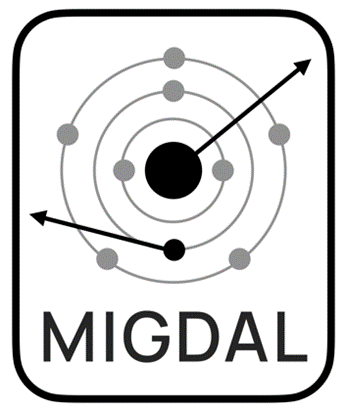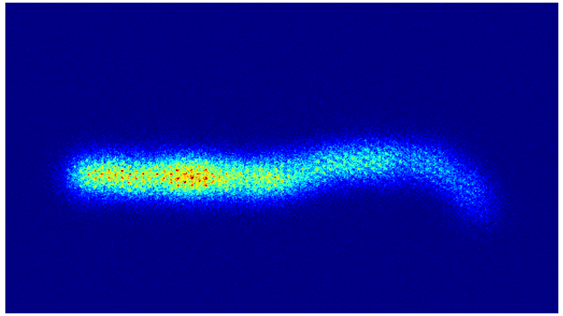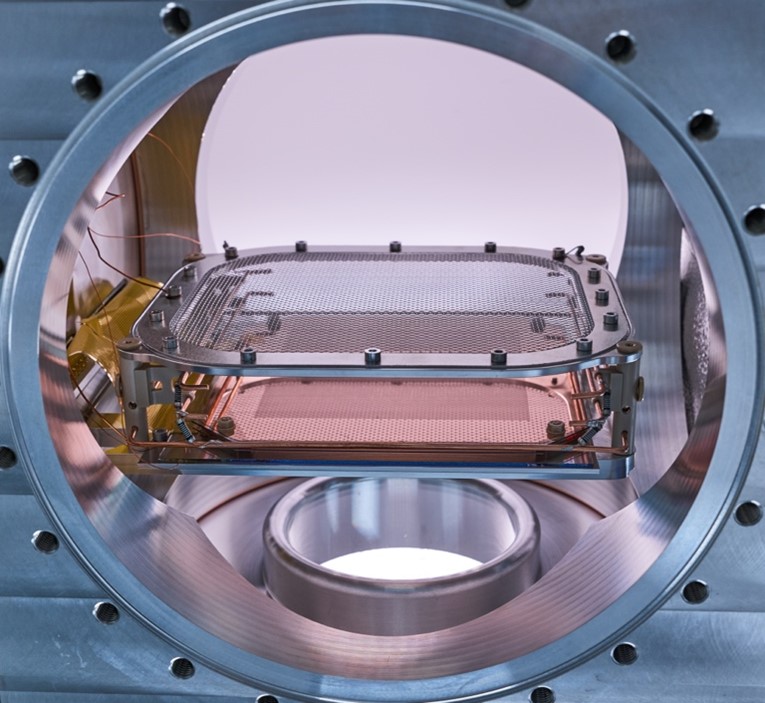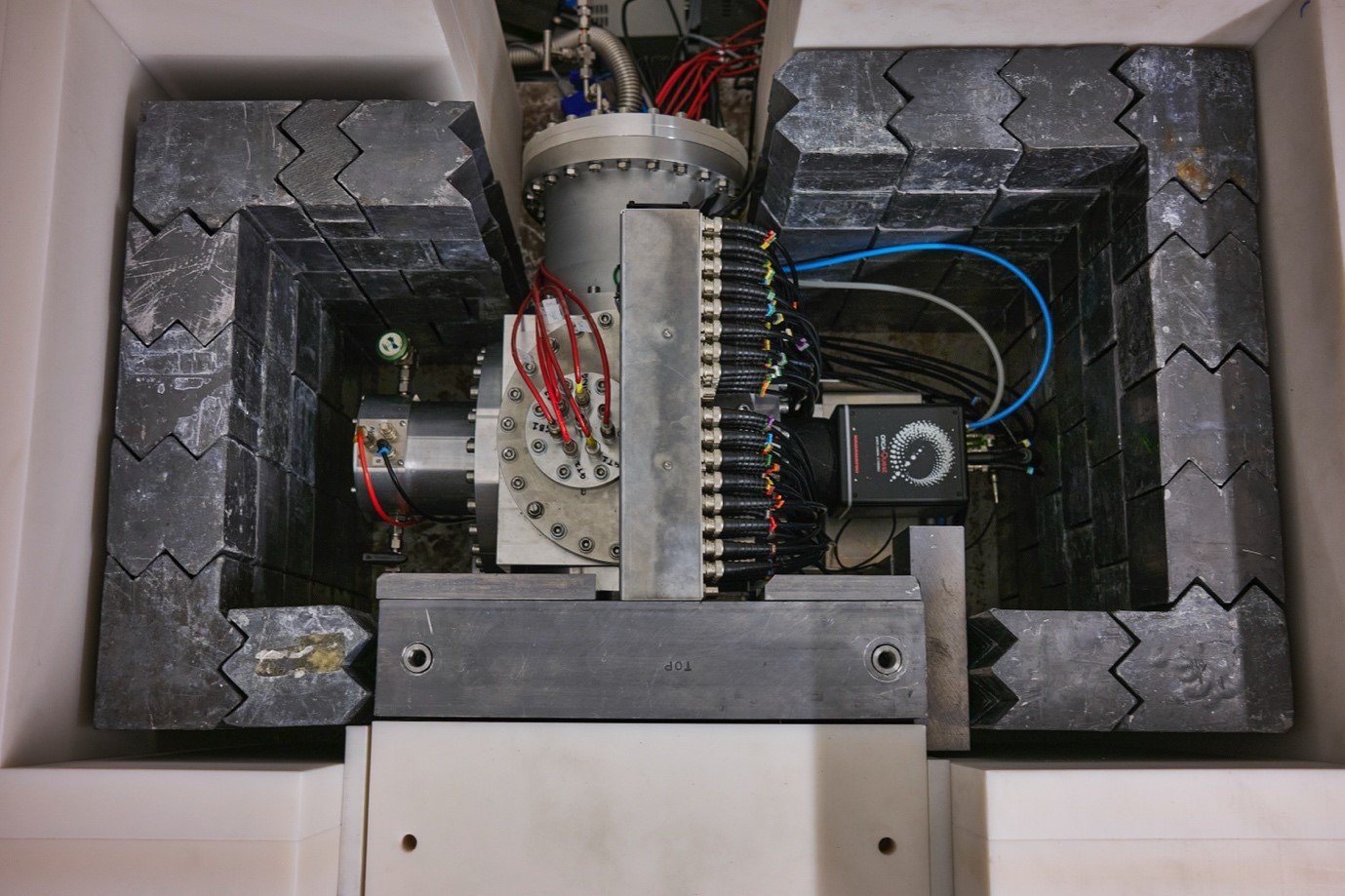 The Neutron Irradiation Laboratory for Electronics (Nile) at ISIS is a new facility with two desktop neutron sources. Whilst one is being used for testing electronics to evaluate their resilience to cosmic ray damage, the other is helping physicists in their hunt for the elusive Migdal effect in which a neutral particle scattering from a nucleus can produce atomic ionisation alongside the nuclear recoil. This rare effect (with a few occurring in a million neutron interactions) is named after Arkady Migdal, who theoretically postulated it in 1939. Results from this experiment will impact direct dark matter searches by allowing existing and future experiments to improve their mass sensitivity to Weakly Interacting Massive Particles by order of magnitude.
The Neutron Irradiation Laboratory for Electronics (Nile) at ISIS is a new facility with two desktop neutron sources. Whilst one is being used for testing electronics to evaluate their resilience to cosmic ray damage, the other is helping physicists in their hunt for the elusive Migdal effect in which a neutral particle scattering from a nucleus can produce atomic ionisation alongside the nuclear recoil. This rare effect (with a few occurring in a million neutron interactions) is named after Arkady Migdal, who theoretically postulated it in 1939. Results from this experiment will impact direct dark matter searches by allowing existing and future experiments to improve their mass sensitivity to Weakly Interacting Massive Particles by order of magnitude.
Unlike the way that ISIS produces high-energy neutrons, which requires a proton synchrotron the size of eight football pitches, desktop fusion reactors are very compact, producing neutrons with fixed and much lower energy. The desktop setups in Nile use deuterium and tritium: isotopes of hydrogen that contain different numbers of neutrons. 'Normal' hydrogen contains no neutrons, whereas deuterium has one and tritium two. The first Nile source (the DT source) accelerates deuterium atoms towards a tritium target, prompting a fusion reaction that produces neutrons and helium atoms. The neutrons produced have an energy of 14.1 MeV, compared to the maximum of 800 MeV produced by the ISIS machine. The second (the DD source) accelerates deuterium atoms to a deuterium target, producing 2.5 MeV neutrons which are extremely useful for calibrating dark matter detectors.

Figure 1. One of the first nuclear recoils captured by the MIGDAL detector. The neutrons are coming from the left side. Change in the intensity along the track indicates different rates of nuclear recoils' energy loss along its path, which is greater at the beginning of the track (nearer the interaction point with a neutron) and much smaller at its end. 170 um OD holes with 280 um pitch of the Gas Electron Multiplies acting as individual torches are clearly visible. Copyright: MIGDAL collaboration

Almost four years ago, after a conversation over coffee at STFC's Rutherford Appleton Laboratory, a collaboration between the ISIS staff working on Nile and a team from STFC's Particle Physics Department (PPD) began. After years of complex simulations, engineering design and manufacture of parts, the
MIGDAL experiment has been recently constructed at Nile.
Experimental confirmation of the Migdal effect in neutron scattering is still outstanding. Several groups worldwide are trying to observe it for the first time using different radiation detection techniques. In the case of the MIGDAL experiment, a low-pressure (50 Torr) Optical Time Projection Chamber is employed, filled with scintillating CF
4 gas, equipped with a fast, low-noise CMOS camera for 2D imaging, a stack of two glass Gas Electron Multipliers for signal amplification and Indium-Tin-Oxide transparent anode strip readout for timing information and full 3D track reconstruction.

Figure 2. MIGDAL's Optical Time Projection Chamber comprises from the top: cathode mesh, 3 cm below a stack of two glass-GEMs, and the ITO-coated charge readout glass plate at the bottom. A viewport underneath is for the CMOS camera to detect light being produced in the holes of the GEMs. Copyright: Pawel Majewski
Pawel Majewski, Dark Matter & Rare Event Studies Group Leader at PPD, is heading up the research group for the MIGDAL experiment alongside Henrique Araujo at Imperial College London and Carlo Cazzaniga at ISIS. The collaboration includes 35 physicists and engineers across 14 institutions, including several PhD students.
Over the last four years, Christopher McCabe from King's College London has been helping the MIGDAL experiment by developing the Migdal effect theory to provide precise predictions at the neutron energies achievable with the D-D neutron generator. This new theoretical prediction will soon be tested by the MIGDAL experiment, which started collecting its science data in June 2023.

Figure 3. MIGDAL's detector, with the lead (inner wall) and borated high-density polyethylene (outer wall) partial shield built to stop gamma rays and neutrons from creating unwanted background events. A beam of neutrons is shaped by the collimator embedded in the centre of the front shield. The detector is in the middle, with the active volume being seen by the PMT (on the left side) and the CMOS camera (on the right). 60 BNC cables at the top are for the charge readout from the ITO strips. Copyright: Pawel Majewski
Chris Frost, ISIS irradiation group leader, says: “We did not expect to be helping Pawel Majewski from PPD and his team in their hunt for dark matter, but a coffee conversation leading to a major collaboration between scientists from different areas is what makes working at RAL so rewarding."
More information about the MIGDAL experiement can be found in the paper: DOI: 10.1016/j.astrophys.2023.102853
